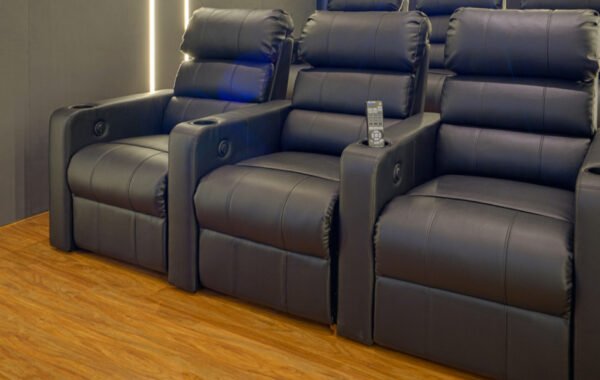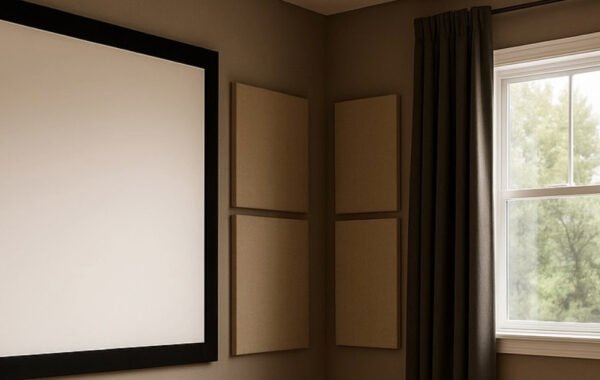
Should Architects have good ears?
Acoustics is an inseparable part of architecture. Today, every architect undertaking construction projects – be it big or small – considers good acoustic design rather a necessity than a luxury.
Architects are expected to open their ears to the surrounding sound in such an architectural environment to design buildings with desired acoustical performance.
It’s a general perception that the best architects should be visual artists with an eye for designing the best looks. However, one of the most renowned architects, Richard Mazuch, emphasizes that architects must use their ears more than their eyes when designing a building.
Stressing on the importance of architects having good ears, he goes on to say – “Vision is directional, hearing is omnidirectional. Sight isolates, sound incorporates. Eyes reach out, ears receive”.
Sound is an integral part of any space. Therefore, the best architects should open their ears to the surrounding sound to design the best atmosphere for any building, be it a home, restaurant, classroom, or auditorium.
Acoustics is an invisible architecture
When architects design, they don’t design a building; they create the feel of the building. The atmosphere of a room is as essential as any other visual aesthetic of the room.
When architects design an office space on a busy road without considering the sound surrounding the area, the resulting space would be filled with unwanted noise coming from outside traffic and honking of vehicles. This is where acoustics play a huge part in the design of the building.
Richard Mazuch considers treating sound in a building as invisible architecture. Skilfully designed acoustics and carefully applied sound-absorbing materials such as acoustic ceiling tiles, acoustic foam, insulation board, fabric wall panels can drastically improve the mood of the space.
For instance, treating sound in a classroom with acoustic wall panels and a soundproof door improves the audibility, increasing students’ attentiveness. Treating sound in office space with the false acoustic ceiling and acoustic foam improves the quietness, which helps increase employee productivity.
Therefore, every architect should listen to the sound and design a space to control that sound.
Acoustical design
Though the air is the most common carrier of sound, it travels faster through physical objects. Sound travels at 343 m/s in the air; it travels at 1,484 m/s in water (4.3 times as fast as in the air) and at 5,120 m/s in iron. Wall partitions, ceilings, and flooring materials impact the sound quality inside a room by influencing sound reverberation, reflection and diffraction.
The best architects, when designing a building, should carefully create wall partition, ceiling system, and floor/ceiling assembly to minimize noise and use materials such as acoustic foam, acoustic wall panels, and false acoustic ceiling that absorb sound to cover the wall partition, ceiling, and flooring.
Every space has its own acoustical needs. For instance, an office like a bank needs both complete noise isolation (manager’s room) and no soundproof area (open office area). Also, in office space, conference rooms require high acoustical treatment compared to other areas of the same office space.
Traits of the Best Architects
Architects must have good ears to listen to the sound surrounding space before designing a building or a room.
Symphony 440 Design Group specializes in Acoustics Design and Consultancy and has helped architects like you build homes and offices that are acoustically treated to experience the best sound quality.
Do you have any questions related to acoustics or looking for acoustic consultants in India? Please feel free to reach out to us, and we will always be happy to help you.
Watch what Julian Treasure has to say about the best architects having good ears.







